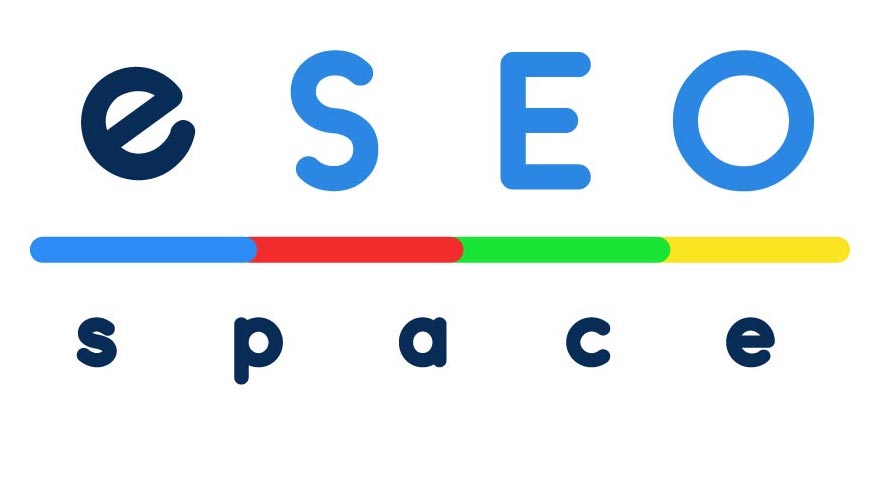7 Tips to Secure Your Small Business Site
You rely on your commercial site to take care of customers and grow your business, but what do you know about cybersecurity? A single hack could reduce your company to ruins and lead to customer distrust. Take steps to secure your site and all the time, money, and energy you invested in your entity.
1.) Design a Secure Site
Instead of using free software, let a professional web developer build your commercial site. Use reputable online platforms and reviews to compare costs and delivery times. Ask providers “how much should you charge as a freelance web developer?” Dependable and experienced developers have rates between $15 and $30 an hour, but you may want to spend more, as you cannot skimp on-site security.
2.) Train Your Employees
Imagine learning everything about keeping your website secure only to experience a cyberattack because an employee clicked on the wrong email attachment. Establish basic workplace security procedures, so your workers don’t become liabilities. Examples of helpful policies include using strong passwords, protecting customer information, and implementing internet-use guidelines.
3.) Back Up Data
Make a habit of backing up essential business data. Experts recommend you not rely on a single backup to store data you cannot do without. Instead, use external hard drives and cloud storage. Keeping hard copy records may seem tedious, but it’s a move that could save your business and your reputation.
4.) Use Antivirus Protection Software
You likely already know about antivirus protection software, but it’s a tip worth repeating. All tablets, phones, computers, and other devices with an internet connection could spell doom for your business. Install protective software against spyware, malware, and viruses. More importantly, install updates when they become available.
5.) Implement Proper Password Practices
While using strong passwords goes a long way in protecting your commercial site, you can do more. Change your passwords every three months and make sure your employees do the same. You could also require multifactor authentication to tighten cybersecurity further. If any of your vendors access sensitive business or customer data, see if they offer multifactor authentication.
6.) Use Payment Cards Carefully
Tread carefully if you use credit cards. For instance, payment processors and banks should implement anti-fraud services. Check to see whether you have security obligations with your payment processor or bank so you honor your agreement. If you must use less-secure programs to conduct business, keep them separate from payment systems. It’s a good idea to have separate computers or devices for using the internet and processing payments.
7.) Know What To Do During a Cyberattack
Despite your best efforts, your company may succumb to a cyberattack. How you respond during the attack can either help or hurt your recovery chances. When you first learn of the attack, contain it as much as possible, which could mean taking everything offline. Next, identify the damage, find out which systems suffered from the attack and determine whether you have compromised data. Even after mitigating a breach, stay on the ball. It’s vital that you seal entry points and make sure the hacker didn’t leave a back door for later entry.
Government regulations may require you to inform specific parties of the attack, such as law enforcement and government agencies. You should also let your public relations, legal, and marketing teams know about the attack in case they need to make a public statement or inform your customers.
Don’t let proper online security fall to the wayside. Following a few tips and practices could help you reach your business potential and protect your peace of mind. Let eSEO Space create a secure and functional website and help grow your business. Learn more.









 James Jacobson is a freelance digital marketer, copywriter, and web developer in the making. As an SEO practitioner, he has collaborated with dozens of local businesses over the years, helping them acquire meaningful traffic.
James Jacobson is a freelance digital marketer, copywriter, and web developer in the making. As an SEO practitioner, he has collaborated with dozens of local businesses over the years, helping them acquire meaningful traffic.
 Janine is a Social Media Manager based in the Philippines who aspires to consistently develop her skills with content creations by focusing on the important elements of graphic designing and keeping up with current social media design trends. As a writer, words come naturally to her in forms of metaphors and idioms which strikes as a great wordplay with each blurb, blog, or caption.
Janine is a Social Media Manager based in the Philippines who aspires to consistently develop her skills with content creations by focusing on the important elements of graphic designing and keeping up with current social media design trends. As a writer, words come naturally to her in forms of metaphors and idioms which strikes as a great wordplay with each blurb, blog, or caption.

